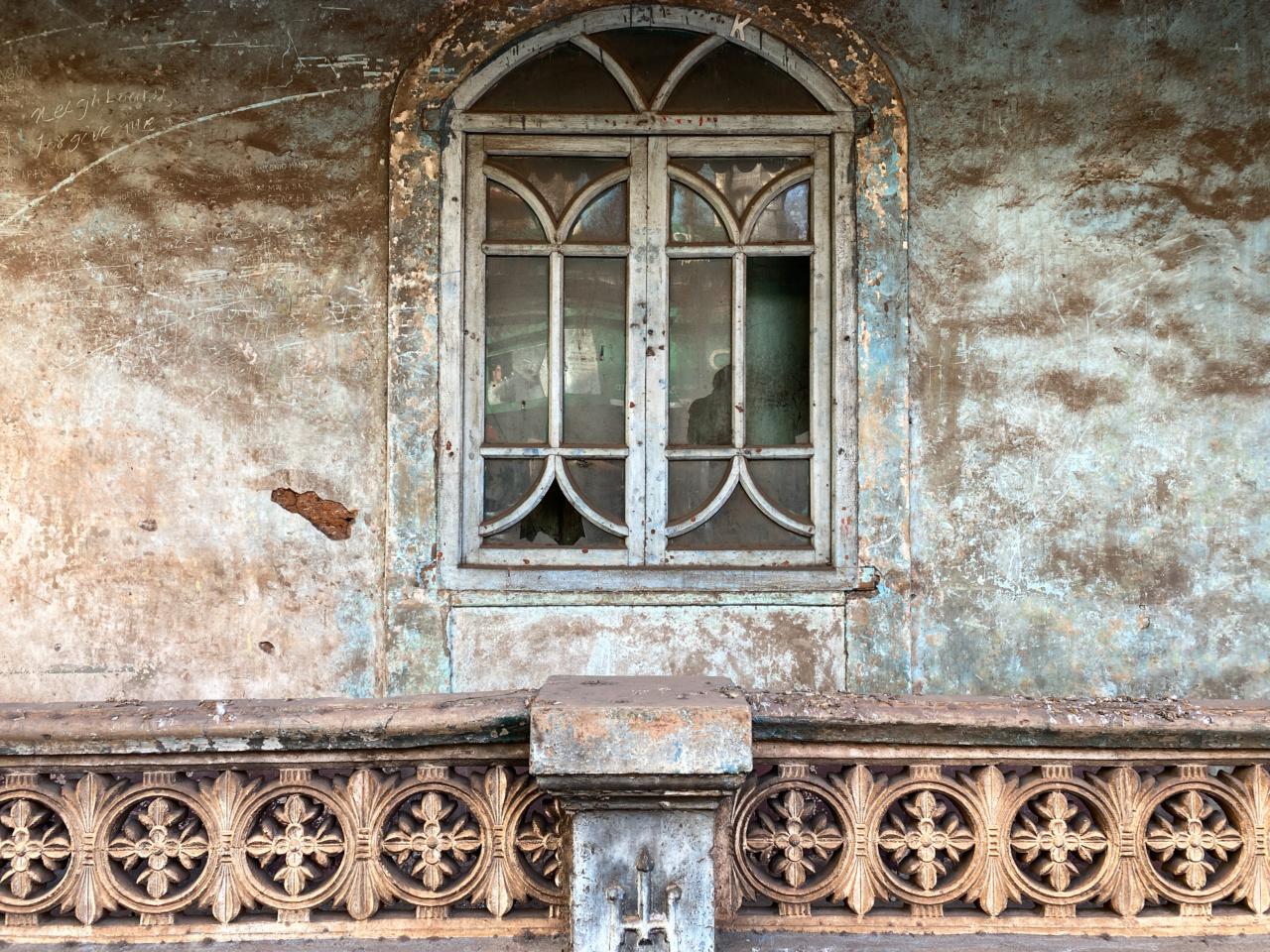Varicose veins are a common condition that affects millions of people worldwide. These enlarged, twisted veins usually appear on the legs and can cause a range of symptoms, including pain, swelling, and a heaviness or achiness in the affected area.
While many individuals may consider varicose veins to be merely a cosmetic issue, neglecting their treatment can lead to various risks and complications. In this article, we will explore the potential dangers of neglected varicose veins and highlight the importance of seeking appropriate medical attention.
1. Deep Vein Thrombosis (DVT)
One of the most serious risks associated with untreated varicose veins is the development of deep vein thrombosis, commonly known as DVT. This condition occurs when a blood clot forms in the veins deep within the body, typically in the legs.
If left untreated, these blood clots can break loose and travel to the lungs, causing a potentially life-threatening condition called a pulmonary embolism.
2. Leg Ulcers
Prolonged neglect of varicose veins may lead to the development of leg ulcers, which are open sores that typically occur on the lower leg or ankle.
The increased pressure and poor circulation associated with varicose veins can cause skin breakdown and slow healing, making the affected area susceptible to ulcers. These ulcers can be painful, prone to infections, and challenging to treat, often requiring extensive medical intervention and time to heal.
3. Superficial Thrombophlebitis
Superficial thrombophlebitis is a condition characterized by inflammation and blood clot formation in the veins located close to the skin’s surface.
While it is typically less severe than DVT, it can still result in significant discomfort, redness, and swelling. Neglected varicose veins increase the likelihood of developing superficial thrombophlebitis, further compromising the affected area and potentially leading to infection if the blood clot breaks down.
4. Chronic Venous Insufficiency (CVI)
If varicose veins are left untreated for an extended period, they can progress to cause chronic venous insufficiency. CVI occurs when the valves in the veins become damaged or weakened, leading to inadequate blood flow back to the heart.
This condition can cause symptoms such as leg pain, swelling, skin changes, and skin ulcers. CVI is a chronic disorder that requires long-term management and can significantly impact an individual’s quality of life.
5. Spontaneous Bleeding
As varicose veins continue to deteriorate, the skin covering these veins can become thin and fragile. This makes it more susceptible to injuries and can result in spontaneous bleeding.
A simple bump, scratch, or even minor trauma can cause profuse bleeding in neglected varicose veins. The bleeding can be difficult to control and may require immediate medical attention to prevent further complications.
6. Increased Risk of Blood Clots
Varicose veins themselves pose a higher risk of blood clot formation due to the sluggish circulation in the affected veins. The blood can become stagnant, increasing the likelihood of clot formation.
Neglected varicose veins exacerbate this risk, as untreated veins are more prone to the development of blood clots. These clots can have serious consequences if they travel to other parts of the body, creating blockages and potentially leading to organ damage.
7. Restless Leg Syndrome (RLS)
Restless leg syndrome is a neurological disorder characterized by an uncontrollable urge to move the legs, especially during periods of inactivity or sleep.
Though the exact cause of RLS is still under study, neglected varicose veins have been implicated as a potential contributing factor. The disturbed circulation and increased pressure in varicose veins may trigger RLS symptoms or exacerbate existing symptoms, disrupting sleep patterns and impacting overall well-being.
8. Emotional and Psychological Impact
While often overlooked, the emotional and psychological impact of neglected varicose veins should not be underestimated. Many individuals with visible varicose veins may experience self-consciousness, embarrassment, or diminished self-esteem.
The discomfort and pain associated with varicose veins can also take a toll on an individual’s mental well-being, leading to anxiety, depression, and a decreased quality of life.
9. Skin Infections
Varicose veins can cause skin changes such as dryness, discoloration, and itchiness. The compromised blood flow and weakened skin barrier make the affected area susceptible to infections.
Bacteria can easily enter through small skin cracks or ulcers, resulting in cellulitis or other types of skin infections. Prompt medical treatment is crucial to prevent the spread of infection and potential complications.
10. Decreased Mobility
As varicose veins progress, the associated pain and discomfort can significantly affect an individual’s mobility and overall physical activity level.
The fear of exacerbating symptoms or experiencing pain may lead to a sedentary lifestyle, which further compounds the risk of blood clots, muscle weakness, weight gain, and overall deterioration of physical health.
Conclusion
Neglecting varicose veins can have far-reaching consequences that extend beyond mere cosmetic concerns.
From the development of life-threatening conditions like deep vein thrombosis and pulmonary embolism to the physical, emotional, and psychological impact on individuals, the risks of untreated varicose veins should not be ignored. Seeking medical attention and adopting appropriate treatment strategies are essential to prevent these potential complications.
If you have varicose veins, consult with a healthcare professional to determine the most suitable course of action and ensure your overall well-being.































